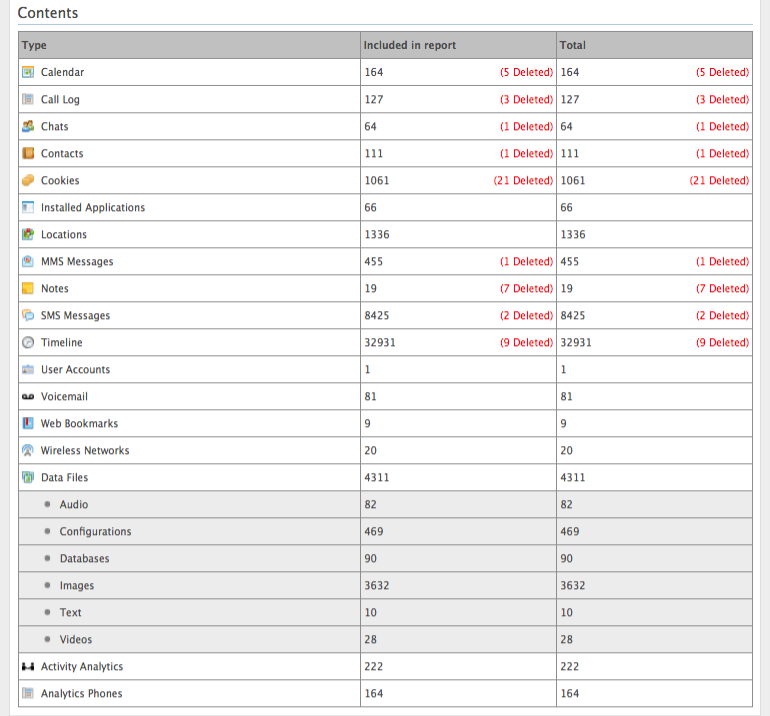Google Sold Android Phones With Hidden Insecure Feature, Companies Find
Google’s master software for some Android phones includes a hidden feature that is insecure and could be activated to allow remote control or spying on users, according to a security company that found it inside phones at a U.S. intelligence contractor. From a report:
The feature appears intended to give employees at stores selling Pixel phones and other models deep access to the devices so they can demonstrate how they work, according to researchers at iVerify who shared their findings with The Washington Post. The discovery and Google’s lack of explanation alarmed the intelligence contractor, data analysis platform vendor Palantir Technologies, to the extent that it has stopped issuing Android phones to employees, Palantir told The Post.“Mobile security is a very real concern for us, given where we’re operating and who we’re serving,” Palantir Chief Information Security Officer Dane Stuckey said. “This was very deleterious of trust, to have third-party, unvetted insecure software on it. We have no idea how it got there, so we made the decision to effectively ban Androids internally.” The security company said it contacted Google about its findings more than 90 days ago and that the tech giant has not indicated whether it would remove or fix the application. On Wednesday night, Google told The Post that it would issue an update to remove the application. “Out of an abundance of precaution, we will be removing this from all supported in-market Pixel devices with an upcoming Pixel software update,” said company spokesperson Ed Fernandez. He said distributors of other Android phones would also be notified.

